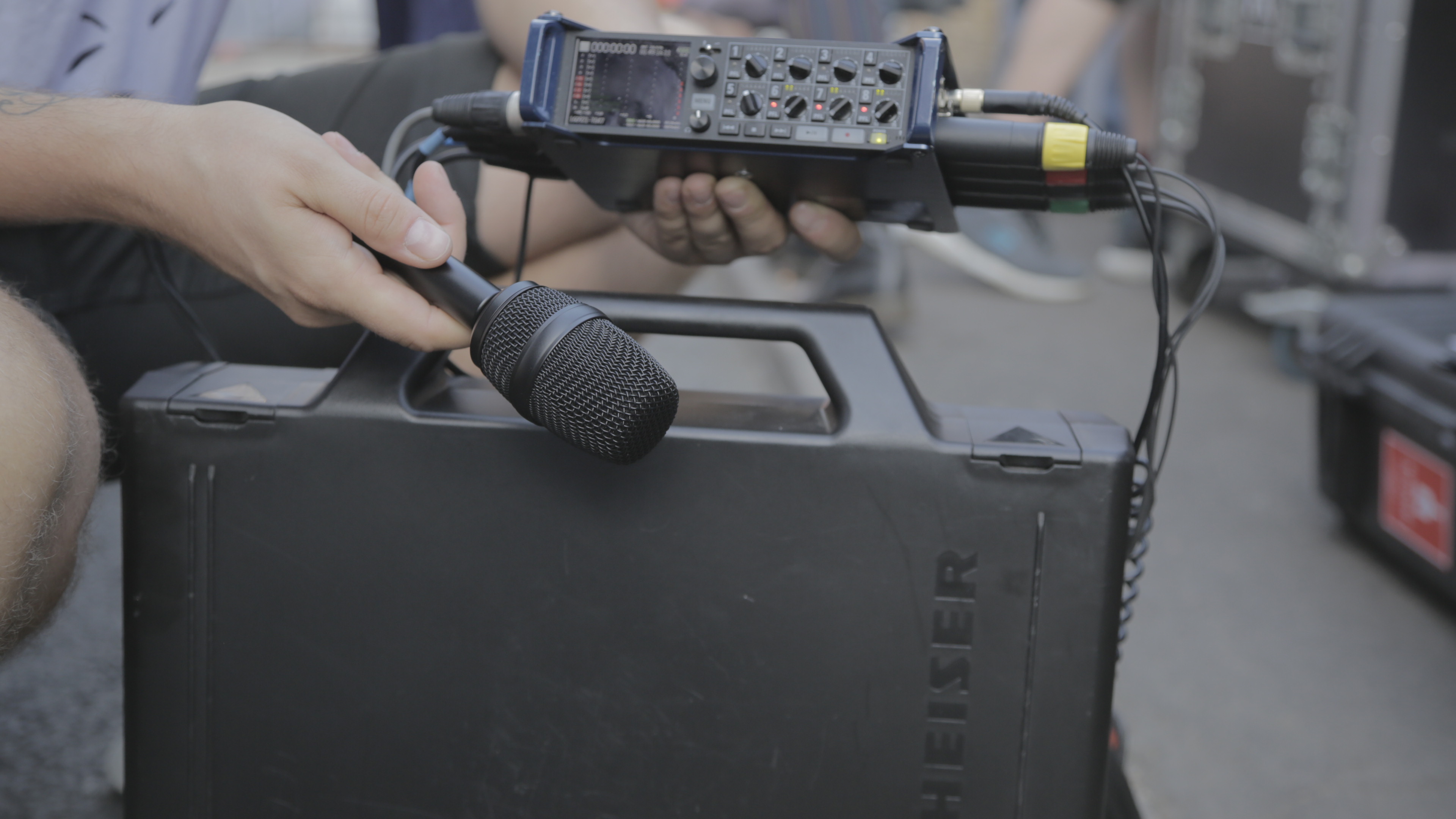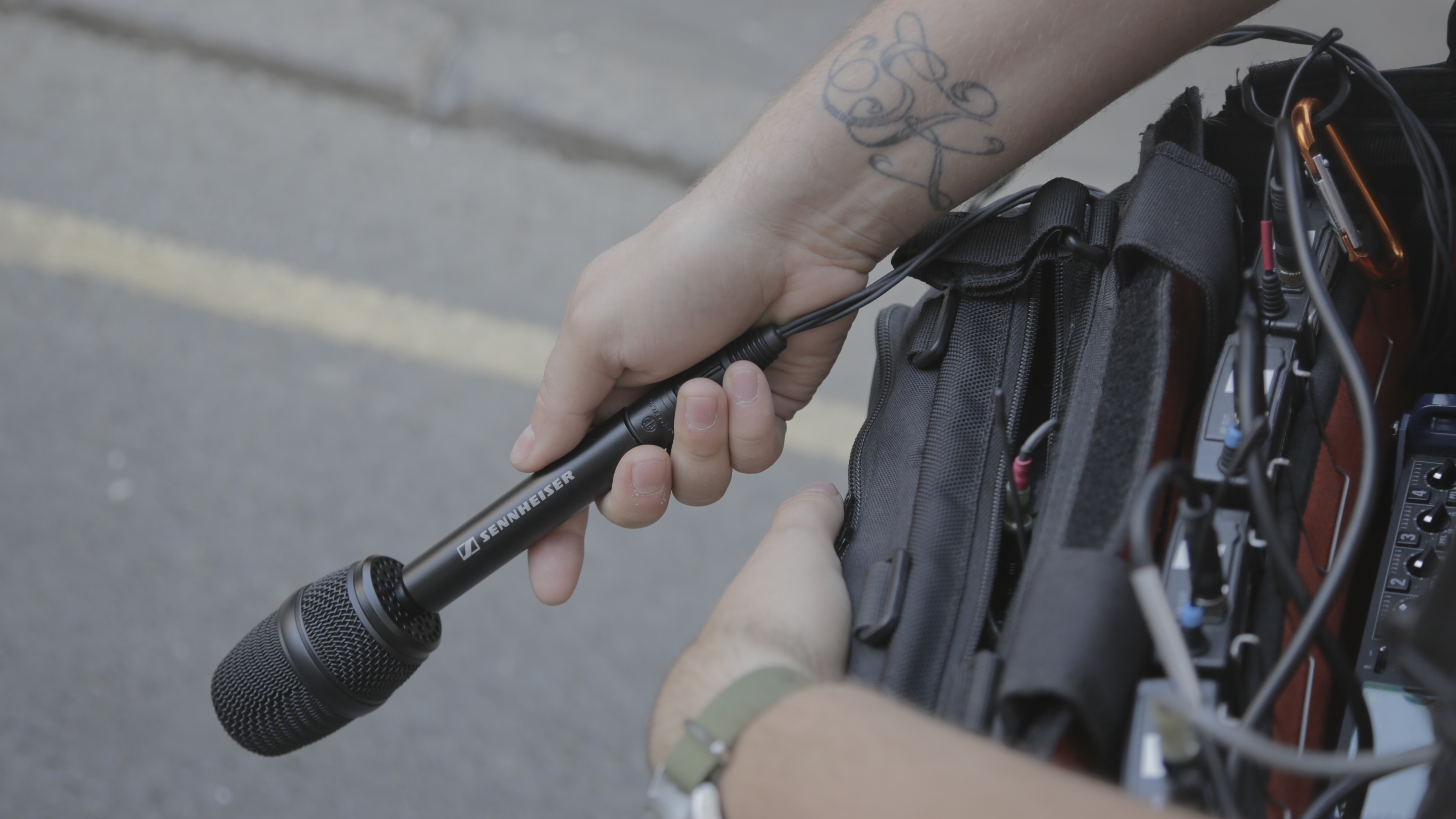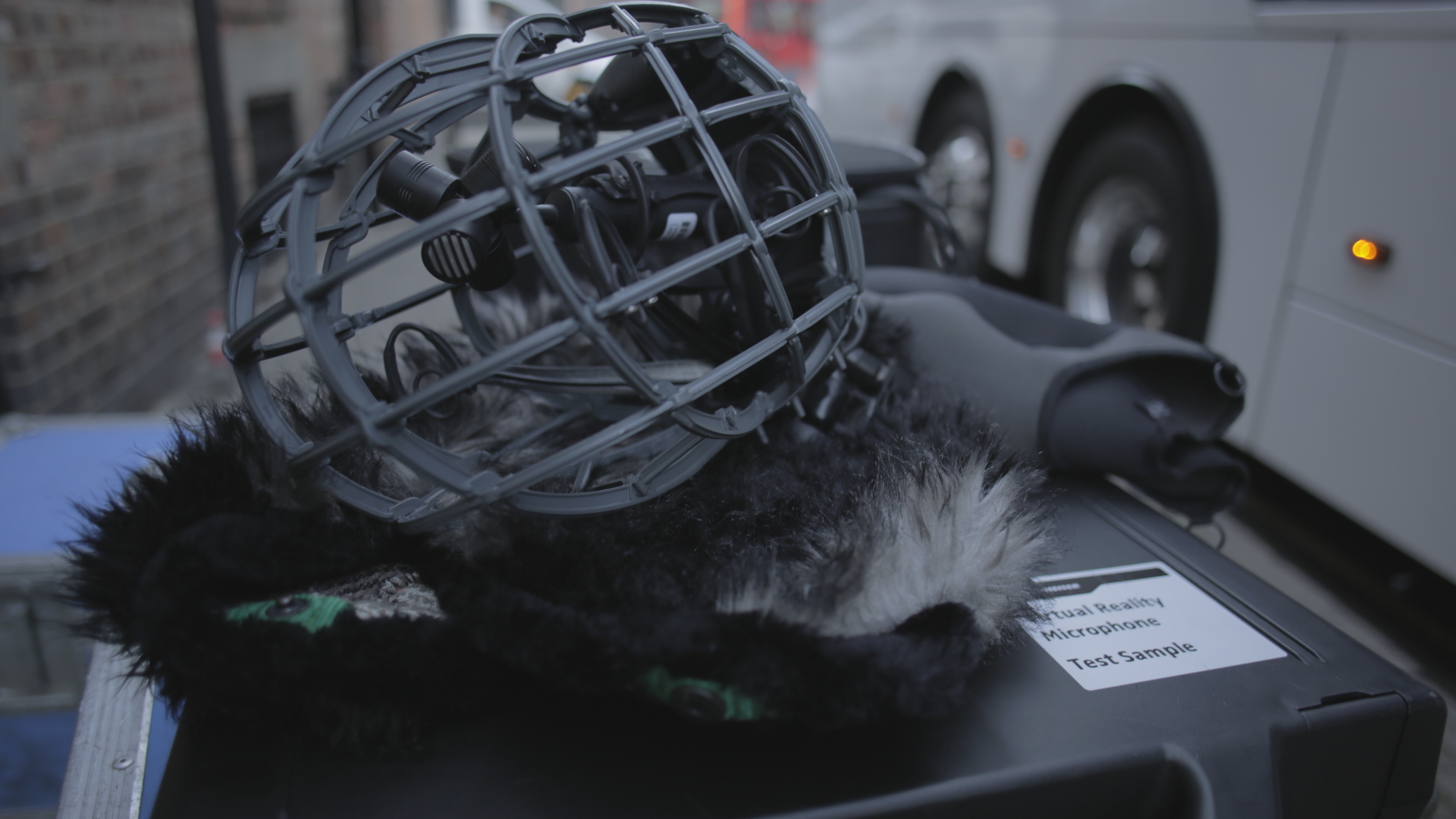Exclusivity & Identity
SONIC BRANDING – PART 2
In this installment of our sonic branding series we will continue to discuss the concept of exclusivity, perceptual self-identity of a consumer in relation to a brand and purchase decision-making based on sonic branding strategy.
It’s hard not to agree with Jacob Lusensky’s statement from his book Sounds Like Branding – “Music makes brands and people feel special”. People express their identity through music, and so too should brands. Not by shouting over their competitors, but rather by targeting the relevant market segment efficiently with a minimum amount of ‘noise’ through a consistent, carefully chosen sonic branding strategy.
In fact, a lot of brands already have some form of sonic identity, though as it often turns out, this takes the form of a largely unintentional, semi-random legacy of music assets – be it a telephone sound chosen by an IT department, who certainly do not understand or care about the brand, or ‘cheesy’ generic library music chosen by a video editor who made an introduction video for the company several years ago, which does not have any substance or meaning in the context of this particular brand or its recent marketing campaigns. And the list goes on…
Driving memorability and brand awareness
Brands pay a great deal of attention and allocate funding to wording, reputation, legalities and visual aspects such as design, logos and trademarks, but rarely is the same degree of attention and care attributed to establishing a sonic identity. Hearing is a critical component of how we perceive the world around us, which sits deeply in our physiology and psychology and simply cannot be ignored. A study by Dr North and Dr Hargreaves revealed that companies who have defined their sonic identity along with a music branding strategy are likely to be 96% more memorable when compared to businesses that do not have any music or sound associated with them, or those who are in possession of an incongruent legacy of sonic assets randomly accumulated over time.
With this in mind it’s little surprise that music and sound can be an effective way to create brand awareness. An appropriate strategy helps to create attention by engaging audiences in a conversation about music or an artist the brand is associated with. Big brands have huge budgets to make shortcuts by having endorsement deals with global superstars or featuring their well known hits, though the same principle can also apply with much smaller scale activations.
Some brands, for example Red Bull, approach their audio branding strategy differently. By nurturing and representing much smaller unknown talent through their music label and various endorsements across the brand promotion, their audience very much enjoys and appreciates the unified sense of community and identity.
The factor of exclusivity plays an important role here. Customers are unlikely to be thrilled by or feel emotionally connected to musical content that has been recycled. No doubt, existing library back catalogues could often be an efficient and affordable resource to tap into every now and then, but would audiences react in the same way to the John Lewis Christmas ads if they weren’t accompanied by a beautiful melody? When it comes to large scale campaigns music and sound should be as authentic and original as the message or story the brand is telling. The audience will notice and appreciate that this content is available only as part of this activation and for a limited time period – creating a sense of exclusivity and belonging in the eyes of your customers.
Any positive or negative connotations with a brand affect its public profile, and association through sound is no different. Selecting the right sounds, music and artists can help to establish the desired perception in the eyes of the public and reach out for the targeted demographic. This is why McDonald’s are unlikely to feature a Radiohead track in their next campaign, considering Thom York’s public condemnation of animal cruelty. Or on the contrary, Ray Winstone’s gangster persona with a cockney accent is the perfect voice fit for Bet365 betting agency. As G.J Gorn once said in his publication about the effect of music in advertising on choice behaviour:
“What a customer hears may make the difference when they’re choosing and not choosing your brand”
Context is everything
A customer’s overall perception of brand experience concerns aspects such as performance and customer service, both in person and via other channels. Deploying the right sound will advantageously tailor customers’ perception of a brand. For example, it would be highly inappropriate to play heavy metal songs in an expensive wine or jewellery shop, whereas classical music would be just right. The congruent use of music can not only increase perceptional quality of a brand but also influence customers’ perception of themselves. For example, by making them feel more affluent and able to purchase a more expensive product or service. In contrast, how many times have you found yourself in a situation where all you need is a quiet moment with a delicious cup of flat white and peaceful contemplation, but excessively loud and distorted pop music is pumped through cheap speakers installed in the corner by the bathroom. This turns the moment into a highly unpleasant and stressful experience – quickly forcing us out.
At 1.618 Digital we employ a unique combination of sonic branding strategy and years of experience in sound design to develop a powerful sonic identity for your brand. Contact us today via [email protected]
In the next installment of our sonic branding series we will continue by discussing the importance of a sonic logo and how it compliments its visual representation.
1.618 Digital Team














